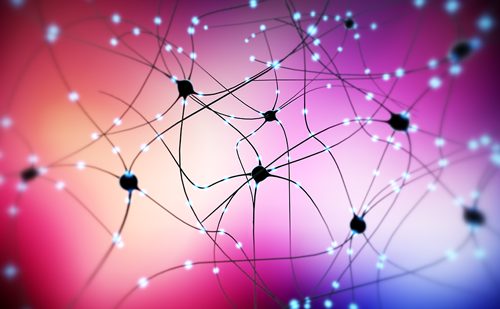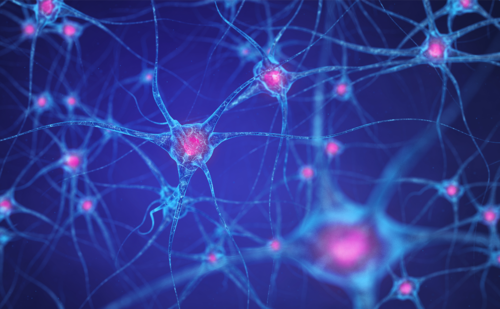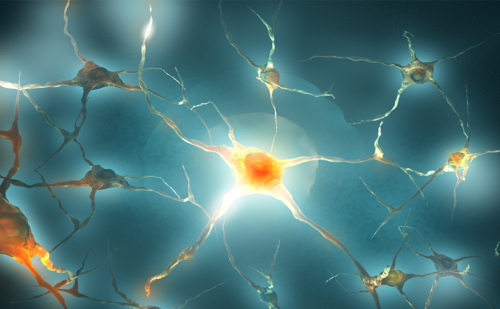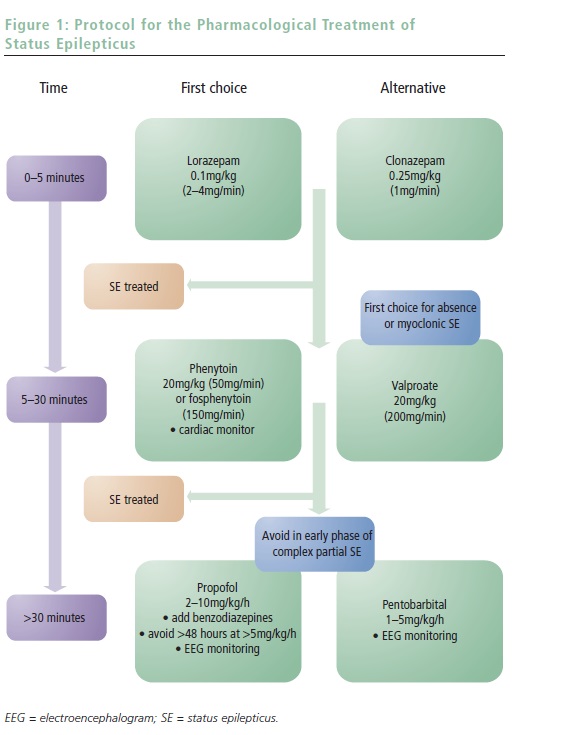Search Results
Showing Results for convulsions

Seizures are one of the most frequent neurological disorders in neonates − the incidence of seizures in infants born at term is 1–3 per 1,000 live births, and is even higher in both preterm and very-low-birth-weight infants at 1–13 per 1,000 live births.1 Seizures may ...

Multiple sclerosis (MS) is an inflammatory disease of the central nervous system affecting almost 3 million individuals worldwide.1–3 The precise pathogenesis of the disease is unknown, though migration of peripheral T and B lymphocytes into the central nervous system is considered ...

The American Epilepsy Society Annual Meeting is the largest gathering on epilepsy in the world. The 2018 meeting, which was held in New Orleans, Louisiana, from November 30–December 4, 2018, featured symposia, workshops, and lectures aimed at healthcare practitioners involved in all aspects ...

In the past decade, a number of novel therapies targeting specific molecules involved in the inflammatory or immune system activation cascades have become available, improving the management of multiple sclerosis (MS).1 However, most new therapies are biological drugs, which need ...

A new Centers for Disease Control and Prevention (CDC) study published in August 2017 reported national and state estimates of the numbers of adults and children with active epilepsy in the US in 2015.1 In an expert interview, Dr. Privitera, past president ...

Overview of Parkinson’s disease Epidemiology Parkinson’s disease (PD) is a common, chronic and progressive neurological condition. It is estimated to affect 100–180 people per 100,000 of the population and has an annual incidence of 4–20 per 100,000 people.1 The prevalence of PD ...

Significant advances in understanding the genetic mechanisms behind epilepsy have been made in the past 20 years, especially in the case of epileptic encephalopathies. Though approximately 20–30 % of epilepsies can be attributed to an obvious acquired etiology, such as stroke or traumatic ...

Significant advances in understanding the genetic mechanisms behind epilepsy have been made in the past 20 years, especially in the case of epileptic encephalopathies. Though approximately 20–30 % of epilepsies can be attributed to an obvious acquired etiology, such as stroke or traumatic ...

People with epilepsy have a two- to threefold increased mortality1 and are 24 times more likely to die of sudden death compared with the general population.2 Although injuries associated with seizures, suicides, adverse effects of medications and the underlying aetiology of ...

Vagus Nerve Stimulation Electrical stimulation of the 10th cranial nerve or vagus nerve stimulation (VNS) has become a valuable option in the therapeutic armamentarium of adults and children with refractory epilepsy. Since its introduction in 1989 over 50,000 patients have been treated ...

Epilepsy is a term used to describe over 40 different human seizure disorders that vary in clinical and electroencephalographic (EEG) characteristics. It is one of the most common neurological disorders and occurs in about 1% of the population, independent of geography, ethnicity, ...

Introduction Since 1990 around seven new anti-epileptic drugs (AEDs) have joined the marketplace. Among them, topiramate (TPM), a sulphamate-substituted monosaccharide, which was originally synthesised as an oral hypoglycaemic, has proven to be remarkably effective through a wide series of trials. Mechanism ...

Definitions and Epidemiology An accurate diagnosis is necessary before appropriate treatment can be initiated. In contrast to most neurological entities, there is no universally accepted definition of status epilepticus (SE). Broadly speaking, SE is the occurrence of continuous seizures or ...

Although every seizure type can theoretically persist and evolve into SE, a simple 2D SE classification system can be constructed, either generalized or focal to be combined with convulsive or non-convulsive.7 While generalized convulsive SE appears straightforward, generalized non-convulsive SE ...

It has been known for a long time that there are associations between epilepsy and depression, and there are several reasons why the two disorders may be closely linked. Epilepsy is a chronic disorder that brings about social restrictions and ...

Epilepsy affects up to 1% of the world’s population. It is not a singular disease, but a variety of disorders reflecting underlying brain dysfunction that may result from myriad causes. The latest proposal by the International League Against Epilepsy (ILAE) ...

People with epilepsy have a two- to threefold increased mortality1 and are 24 times more likely to die of sudden death compared with the general population.2 Although injuries associated with seizures, suicides, adverse effects of medications and the underlying aetiology of ...
Latest articles videos and clinical updates - straight to your inbox
Log into your Touch Account
Earn and track your CME credits on the go, save articles for later, and follow the latest congress coverage.
Register now for FREE Access
Register for free to hear about the latest expert-led education, peer-reviewed articles, conference highlights, and innovative CME activities.
Sign up with an Email
Or use a Social Account.
This Functionality is for
Members Only
Explore the latest in medical education and stay current in your field. Create a free account to track your learning.

